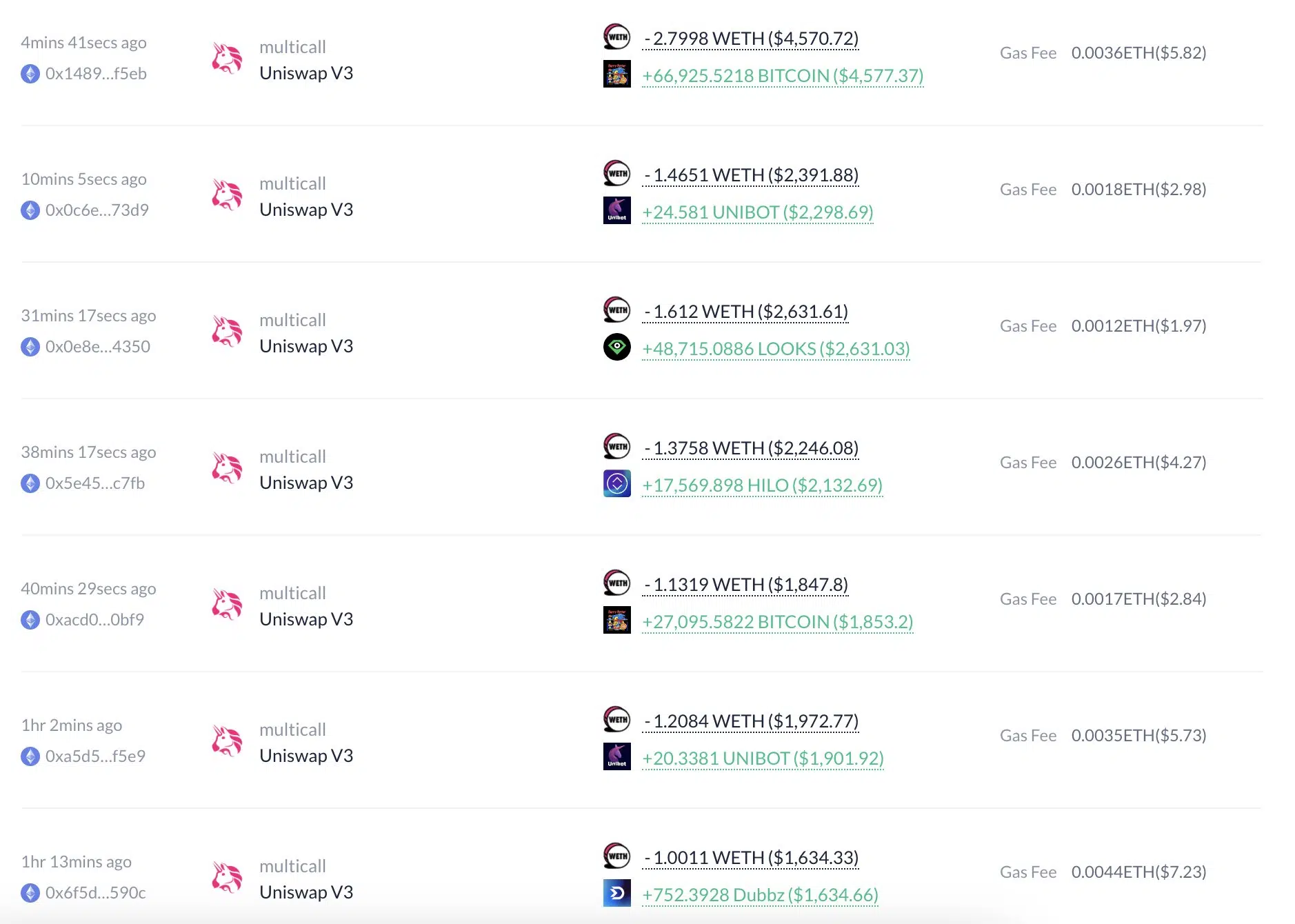The Bank Indonesia (BI) kept its benchmark policy rate (7-Day Reverse Repo) unchanged at 5.75% in its February Monetary Policy Committee (MPC) meeting, which was in line with consensus expectation. Economist Enrico Tanuwidjaja of the UOB Group assesses the decision and its implications.
BI remains of the view that inflation expectations are anchored while seeing the rupiah stability as here to stay. Specifically, BI has observed that both headline and core inflation have trended back to BI’s target range of 2-4% faster than expected.
Today’s MPC decision marks the end of the current hiking cycle, which was started in August 2022. As such, UOB Group has revised its BI rate forecast to remain unchanged at 5.75% for the rest of this year and for BI to potentially embark on an asymmetric rate cut cycle in the first half of 2024.
At the current level, BI rate still gives a positive but at much tighter spread historically with the expected terminal rate of the Federal Funds Rate of 5.25% by the second quarter of 2023.
The Bank Indonesia’s decision to keep its benchmark policy rate unchanged at 5.75% is a reflection of the country’s overall economic stability. With inflation expectations remaining anchored, and the rupiah stability seen as here to stay, the decision to keep the benchmark policy rate unchanged is a sign of confidence in the country’s economic outlook.
The current policy rate of 5.75% still provides a positive spread historically with the expected terminal rate of the Federal Funds Rate of 5.25% by the second quarter of 2023. This indicates that the Bank Indonesia is taking a cautious approach in managing its monetary policy, as it looks to maintain a balance between economic growth and inflation control.
The decision to end the current hiking cycle is also a sign of the Bank Indonesia’s confidence in the country’s economic outlook. This is reflected in the fact that BI is looking to potentially embark on an asymmetric rate cut cycle in the first half of 2024. This indicates that BI is looking to ensure economic growth while still managing inflation expectations.
Overall, the Bank Indonesia’s decision to keep its benchmark policy rate unchanged at 5.75% is a reflection of the country’s overall economic stability. With inflation expectations remaining anchored, and the rupiah stability seen as here to stay, the decision to keep the benchmark policy rate unchanged is a sign of confidence in the country’s economic outlook.
At the same time, the decision to end the current hiking cycle and potentially embark on an asymmetric rate cut cycle in the first half of 2024 is a sign of the Bank Indonesia’s confidence in the country’s economic outlook. This is reflected in the fact that BI is looking to ensure economic growth while still managing inflation expectations.
In conclusion, the Bank Indonesia’s decision to keep its benchmark policy rate unchanged at 5.75% is a reflection of the country’s overall economic stability. The decision to end the current hiking cycle and potentially embark on an asymmetric rate cut cycle in the first half of 2024 is a sign of the Bank Indonesia’s confidence in the country’s economic outlook. This is a positive sign for the country’s economic prospects, and should be seen as a sign of confidence in the country’s economic outlook.


